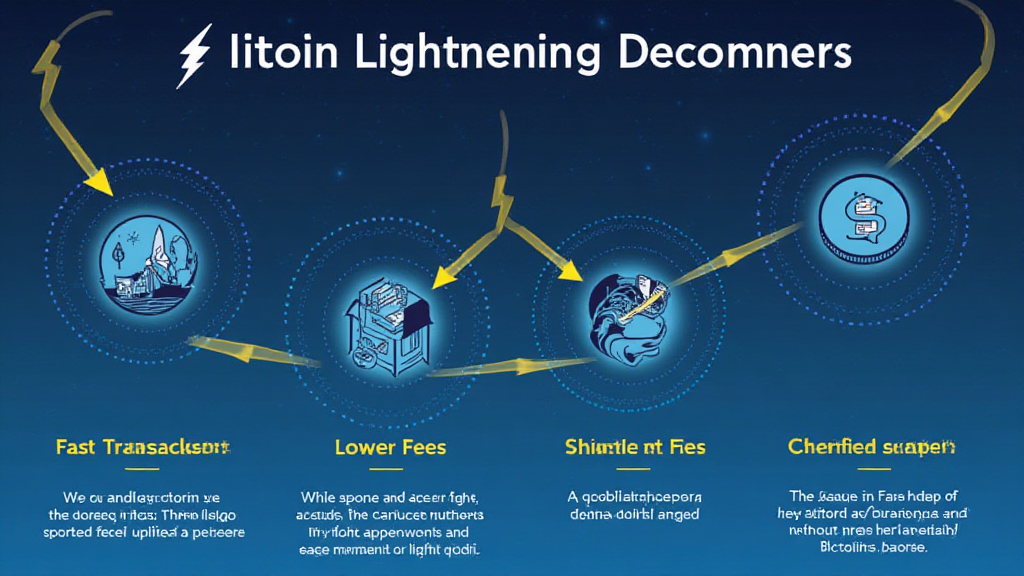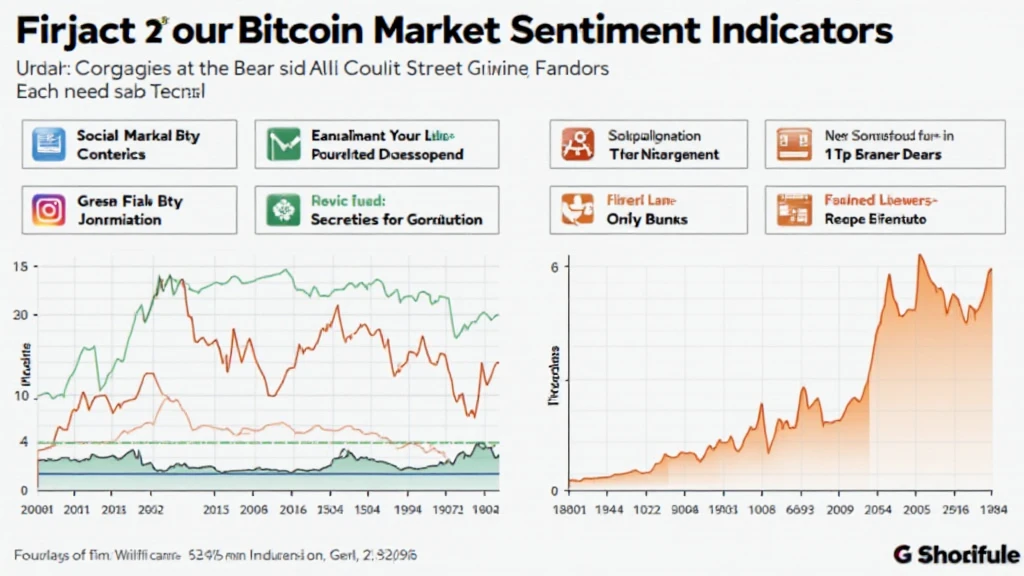Introduction
With Ethereum gas fees fluctuating wildly, reaching peaks of over $100 during network congestion, it has become increasingly important for users to find ways to optimize their gas usage. In 2024 alone, Ethereum users lost billions in unnecessary gas fees due to inefficient transaction practices. In this article, we will explore key strategies for Ethereum gas optimization, ensuring you can transact efficiently while minimizing costs.
Understanding Ethereum Gas Fees
Before diving into optimization strategies, it’s essential to understand what Ethereum gas is. Gas refers to the unit that measures the amount of computational effort required to execute specific operations on the Ethereum blockchain. In simpler terms, it’s the fuel for your transactions.
- What Determines Gas Fees? Factors such as network demand, transaction complexity, and the type of transaction can significantly impact gas prices. During periods of high demand, users may find themselves paying more just to get their transactions processed.
- Gas Price and Gas Limit Users can set a gas price (the fee paid per unit of gas) and a gas limit (the maximum amount of gas they’ll spend on a transaction). Understanding how to adjust these parameters is key to optimizing gas fees.
Strategies for Gas Optimization
Now that we have a foundational understanding of gas fees, let’s break down practical strategies for optimization.

1. Timing Your Transactions
Just like trading stocks, timing can impact the fees you incur.
- Use Gas Tracker Tools: Websites like gasnow.org allow users to analyze real-time gas prices to find the optimal time for transactions.
- Monitor Network Activity: Understanding when the Ethereum network is less congested can save you a significant amount on gas fees.
2. Fine-tuning Gas Limit and Gas Price
Setting the right parameters can make all the difference.
- Setting Competitive Gas Prices: If your gas price is too low, your transaction may not be processed promptly. Adjusting your gas price according to current trends can improve success rates.
- Gas Limit Management: Understanding the required gas limit for specific transactions can prevent overpayment. Users should consult Ethereum documentation for average gas limits associated with different transaction types.
3. Batch Transactions
Batching multiple transactions can significantly reduce gas costs.
- Using Smart Contracts: Implementing smart contracts can help combine multiple transactions into one, paying gas fees only once.
- Grouping Transfers: Instead of sending multiple individual transactions, group transfers to save on total gas fees incurred.
Leveraging Layer 2 Solutions
As Ethereum matures, Layer 2 solutions are starting to gain traction, providing significant cost savings on gas fees.
- Optimistic Rollups: Technologies like Optimism or Arbitrum can help minimize gas costs by processing transactions off-chain and settling on the Ethereum mainnet.
- ZK-Rollups: These not only reduce costs but also enhance privacy, offering a future-forward approach to transaction processing on Ethereum.
Real-World Examples
To better illustrate the importance of gas optimization, let’s review some real-world data.
| Transaction Type | Gas Used | Estimated Fee (at $10/gas) |
|---|---|---|
| Token Transfer | 21,000 | $210 |
| Smart Contract Execution | 100,000 | $1,000 |
| Batch Transfer of Tokens | 40,000 | $400 |
According to various sources, including hibt.com, users who optimized their transactions through gas management saved an average of 30% in fees during peak times.
Enhancing User Experience: Tools and Resources
Using the right tools can streamline Ethereum transactions, ensuring you’re always operating at optimal efficiency.
- Gas Fee Estimators: Tools like EthGasStation provide up-to-the-minute gas price estimations.
- Wallet Extensions: Some wallet services now offer integrated features for gas fee suggestions based on current conditions.
To further assist you, monitoring the Vietnam market for Ethereum gas usage shows an increasing number of users exploring these optimization tools, reflecting a growth rate of 40% among Vietnamese crypto traders in 2024.
Conclusion
Ethereum gas optimization is not just about saving money; it’s about maximizing the efficiency of your transactions within the network. By understanding the dynamics of gas fees and employing strategic measures like timing, batching, and utilizing Layer 2 solutions, users can improve their overall experience on the Ethereum blockchain. In the continually evolving landscape of cryptocurrency and blockchain technology, staying informed is key to capitalizing on the opportunities available to you.
For the best tools to help you with your Ethereum transactions, visit mycryptodictionary.
Author: Dr. Jason Wu, a blockchain technology specialist with over 15 published papers and extensive experience leading audits for top-tier crypto projects.





